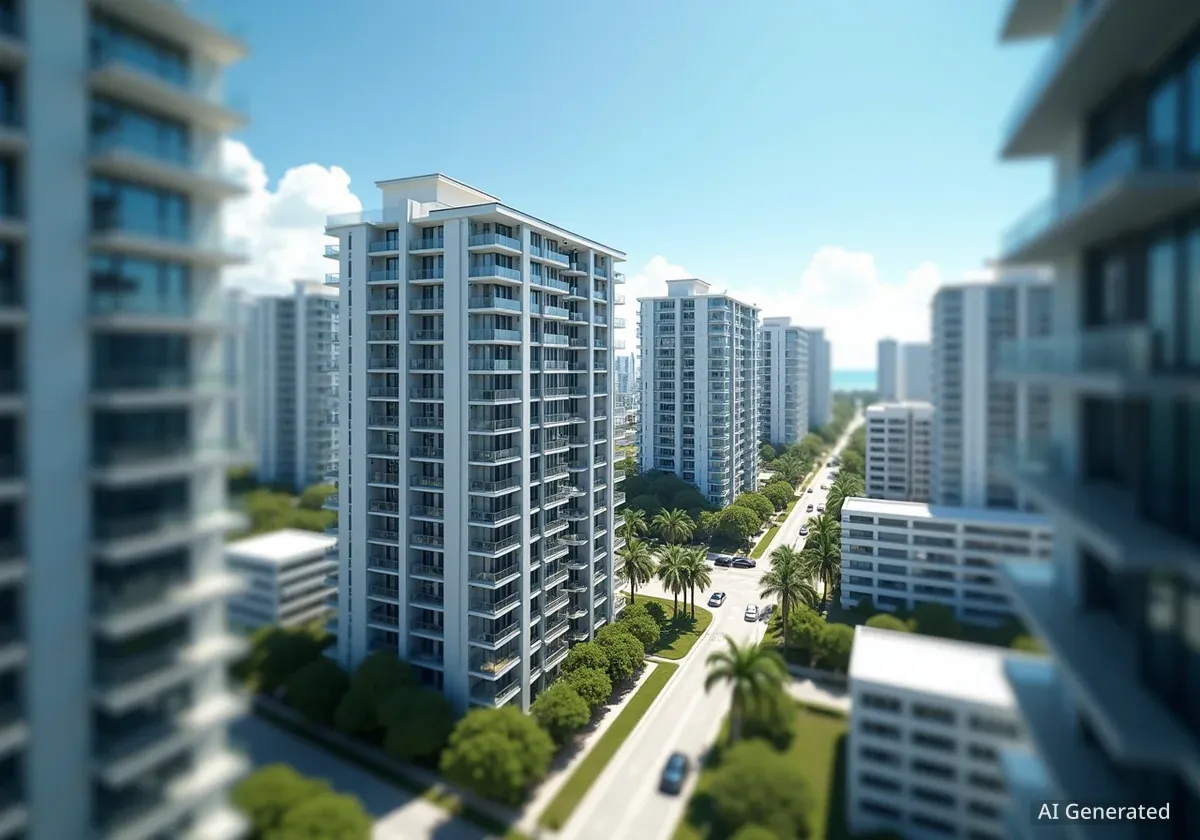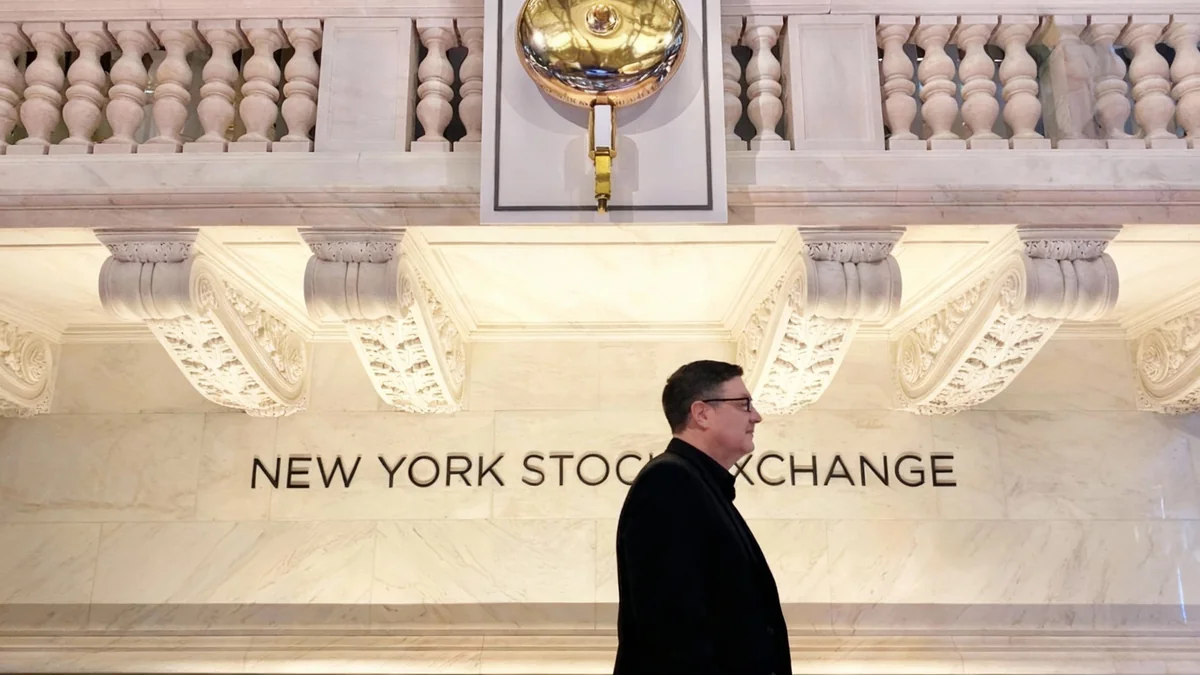Miami has been identified as the most competitive rental market in the United States, according to a new study analyzing real estate trends during the 2025 peak season. The report highlights the city's high demand, low availability, and strong tenant retention, placing it at the top of a national ranking.
A comprehensive analysis by RentCafe.com assigned Miami a Rental Competitiveness Index (RCI) score of 92.2 out of a possible 100. This score reflects a combination of factors that make securing a rental apartment in the city a significant challenge for prospective tenants.
Key Takeaways
- Miami earned the top spot as the most competitive U.S. rental market with an RCI score of 92.2.
- The city's rental occupancy rate is extremely high at 96.5%, leaving only 3.5% of units available.
- Nearly three out of four Miami renters (71.8%) choose to renew their leases, the highest rate among top contenders.
- Chicago ranked second with an RCI of 89, showing strong competition in the Midwest.
- Other Florida cities, Broward County and Orlando, also placed in the top 20, at 11th and 12th respectively.
Miami's Dominance in the Rental Sector
The recent study from RentCafe.com provides a data-driven look into why finding an apartment in Miami has become increasingly difficult. The research evaluated multiple metrics to calculate a Rental Competitiveness Index (RCI) score for major metropolitan areas across the nation.
Miami's score of 92.2 out of 100 places it firmly in the number one position. This high score is not based on a single factor but rather a combination of intense demand and limited supply that defines the city's current housing environment.
Understanding the Rental Competitiveness Index
The RCI score is a composite metric designed to measure the level of competition in a rental market. It considers several key indicators, including the number of days an apartment remains vacant, the percentage of apartments that are occupied, and the number of prospective renters competing for each available unit. A higher score indicates a more challenging market for renters.
Key Metrics Driving Market Pressure
Several specific data points from the study illustrate the intensity of Miami's rental scene. These figures paint a clear picture of a market where demand consistently outpaces the available housing stock, particularly during the peak rental season.
Occupancy and Availability Rates
One of the most significant findings is Miami's occupancy rate, which stands at an impressive 96.5%. This means that at any given time, the vast majority of rental units are already occupied, leaving a very small pool of options for those searching for a new home.
Consequently, only 3.5% of the city's total apartment stock is available during the peak season. While Miami has increased its number of apartments by 1.18% in recent months—a rate higher than the national average—this new supply has not been sufficient to ease the competitive pressure.
By the Numbers: Miami's rental market features a 96.5% occupancy rate, with apartments staying vacant for an average of 32 days before being leased.
High Tenant Retention
Another critical factor is the city's high lease renewal rate. According to the report, 71.8% of renters in Miami choose to renew their leases. This figure, which translates to nearly three out of every four tenants staying put, further reduces the number of apartments that become available on the market.
This high renewal rate suggests that current tenants either find value in their existing arrangements or perceive the challenge of finding a new, comparable apartment as too great.
This trend contributes significantly to the market's competitiveness. When fewer people move, the churn rate decreases, and the inventory of available units for new renters shrinks dramatically.
Chicago Emerges as a Strong Contender
While Miami took the top spot, the study revealed that Chicago is not far behind. The Illinois capital has become a hotspot for renters, particularly those seeking more space and affordability, driving a new wave of interest in the Midwest.
Chicago received an RCI score of 89, just a few points shy of Miami's. This places it as the second most competitive rental market in the country. The city's real estate market has seen a significant uptick in activity, making it a formidable competitor.
Interestingly, Chicago outperformed Miami in one specific category: the average vacancy period. An apartment in Chicago stays on the market for an average of 29 days, while a Miami unit is vacant for an average of 32 days. This indicates that properties in Chicago are being leased slightly faster.
However, Miami's higher lease renewal rate (71.8% vs. Chicago's 60%) was a key factor in securing its number one ranking overall.
The National and Florida Landscape
The report's top rankings show a mix of coastal cities and growing Midwestern hubs. The top five most competitive rental markets for 2025 are:
- Miami, Florida (RCI: 92.2)
- Chicago, Illinois (RCI: 89.0)
- Suburban Chicago, Illinois
- Manhattan, New York
- Suburban Twin Cities, Minnesota
The presence of two other Florida metropolitan areas in the top 20 underscores the state's overall housing demand. Broward County, located just north of Miami, ranked 11th with an RCI score of 81.6.
Further north, Orlando secured the 12th position with a score of 80.6. The strong showing from these cities indicates that high rental competition is a statewide trend, not just a phenomenon isolated to Miami. This sustained demand across Florida continues to shape its real estate market, presenting challenges for renters throughout the state.





